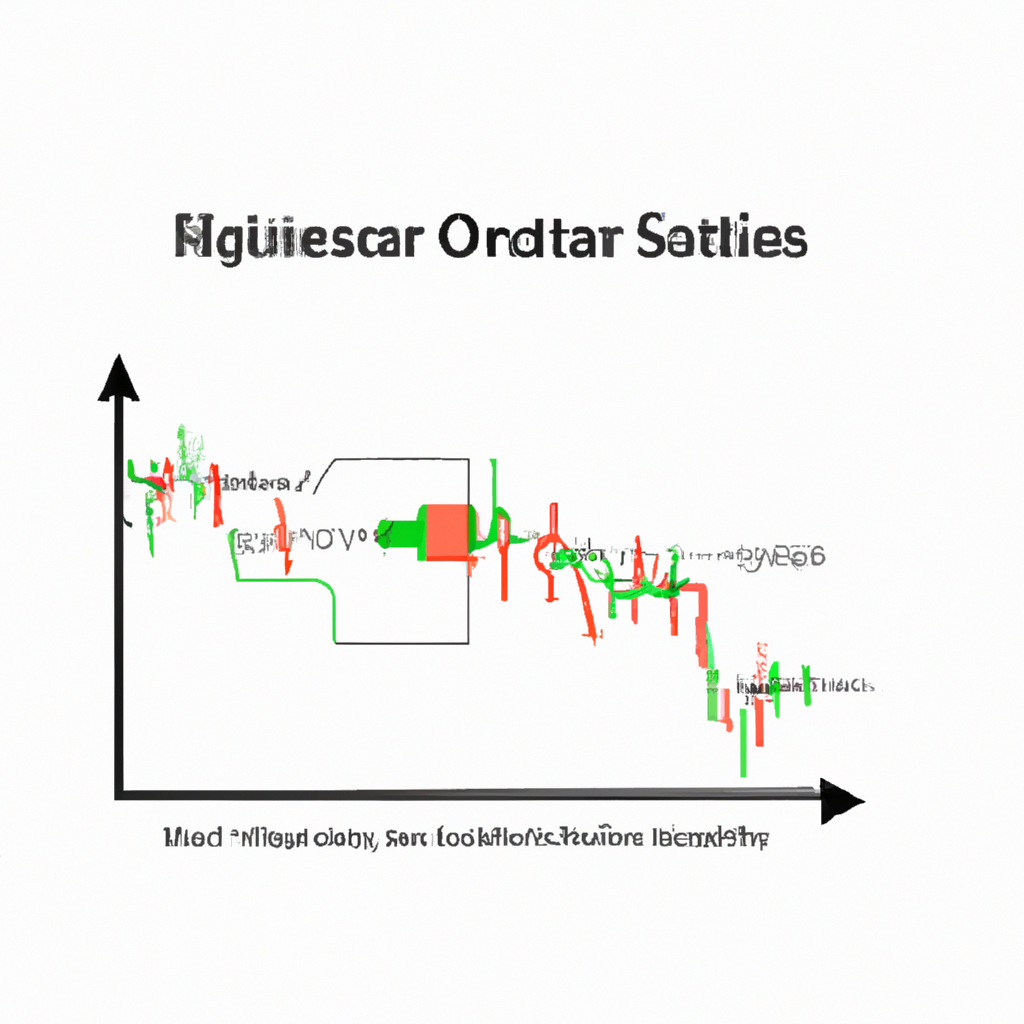RSI Oscillator Strategies: A Guide to Effective Trading
The Relative Strength Index (RSI) oscillator is a popular technical analysis tool used by traders to identify overbought and oversold conditions in the market. By analyzing price movements and momentum, the RSI oscillator can provide valuable insights into potential trend reversals and entry/exit points. In this article, we will explore some effective RSI oscillator strategies that can help traders make informed decisions and improve their trading performance.
Understanding the RSI Oscillator
Before diving into specific strategies, it is important to have a basic understanding of how the RSI oscillator works. The RSI is a momentum oscillator that measures the speed and change of price movements. It oscillates between 0 and 100, with readings above 70 indicating overbought conditions and readings below 30 indicating oversold conditions.
Strategy 1: RSI Divergence
One popular strategy using the RSI oscillator is called RSI divergence. This strategy involves looking for divergences between the RSI and the price action. When the RSI makes a higher high while the price makes a lower high, it indicates a bearish divergence and suggests a potential trend reversal. Conversely, when the RSI makes a lower low while the price makes a higher low, it indicates a bullish divergence and suggests a potential trend reversal in the opposite direction.
Steps to implement RSI divergence strategy:
- Identify a strong uptrend or downtrend in the price chart.
- Observe the RSI oscillator for divergences with the price action.
- If a bearish divergence is identified, consider selling or taking a short position.
- If a bullish divergence is identified, consider buying or taking a long position.
- Implement proper risk management techniques, such as setting stop-loss orders, to protect against potential losses.
Strategy 2: RSI Overbought/Oversold
Another common strategy using the RSI oscillator is based on overbought and oversold conditions. When the RSI rises above 70, it indicates that the market is overbought and a potential reversal or pullback may occur. Conversely, when the RSI drops below 30, it indicates that the market is oversold and a potential reversal or bounce may occur.
Steps to implement RSI overbought/oversold strategy:
- Monitor the RSI oscillator for overbought or oversold conditions.
- If the RSI rises above 70, consider selling or taking a short position.
- If the RSI drops below 30, consider buying or taking a long position.
- Combine RSI signals with other technical indicators or price patterns for confirmation.
- Always use proper risk management techniques to protect against potential losses.
Strategy 3: RSI Trendline Break
The RSI oscillator can also be used to identify trendline breaks, which can signal potential trend reversals or continuation. By drawing trendlines connecting the highs or lows of the RSI, traders can identify when the RSI breaks above or below these trendlines, indicating a shift in momentum.
Steps to implement RSI trendline break strategy:
- Draw trendlines connecting the highs or lows of the RSI oscillator.
- Monitor the RSI for breaks above or below these trendlines.
- If the RSI breaks above a downtrend line, it suggests a potential bullish reversal.
- If the RSI breaks below an uptrend line, it suggests a potential bearish reversal.
- Combine RSI trendline breaks with other technical indicators or price patterns for confirmation.
Conclusion
The RSI oscillator is a versatile tool that can provide valuable insights into market conditions and potential trend reversals. By implementing effective RSI oscillator strategies, traders can make more informed trading decisions and improve their overall trading performance. It is important to remember that no single strategy guarantees success, and traders should always practice proper risk management and combine RSI signals with other technical analysis tools for confirmation.

